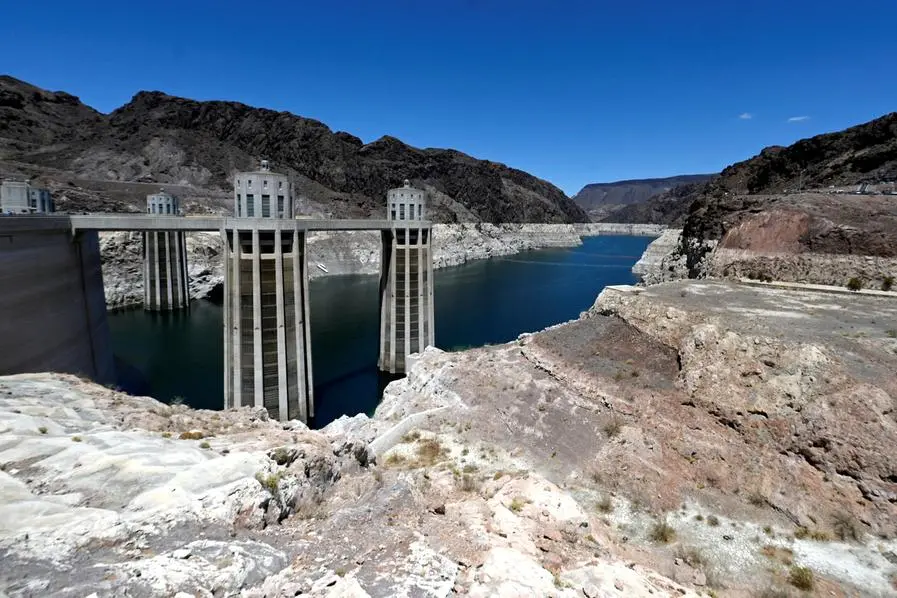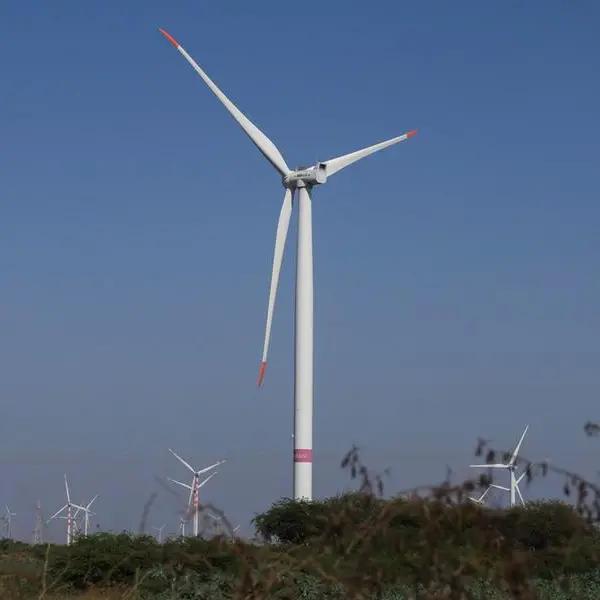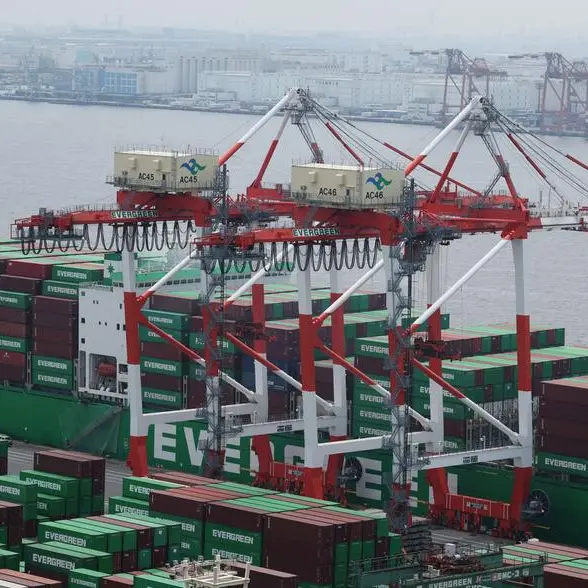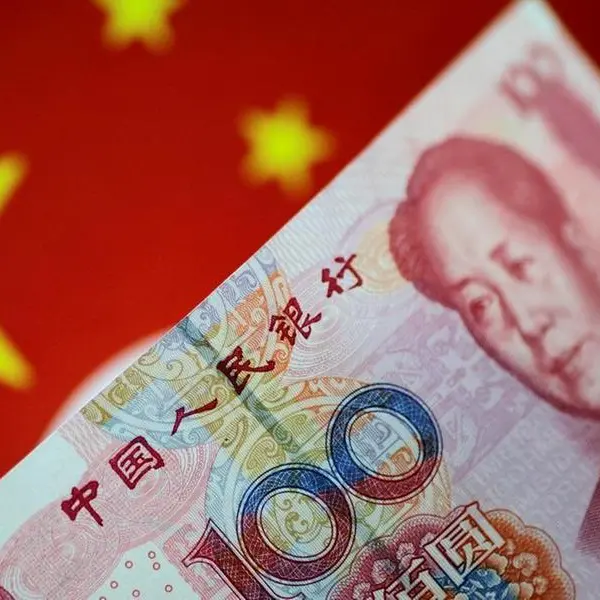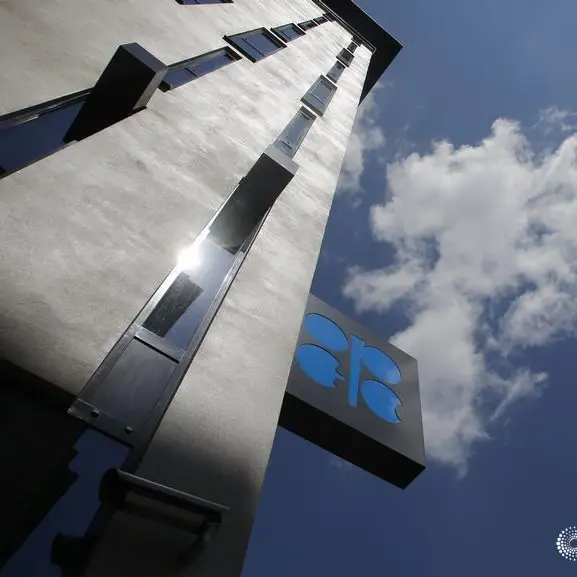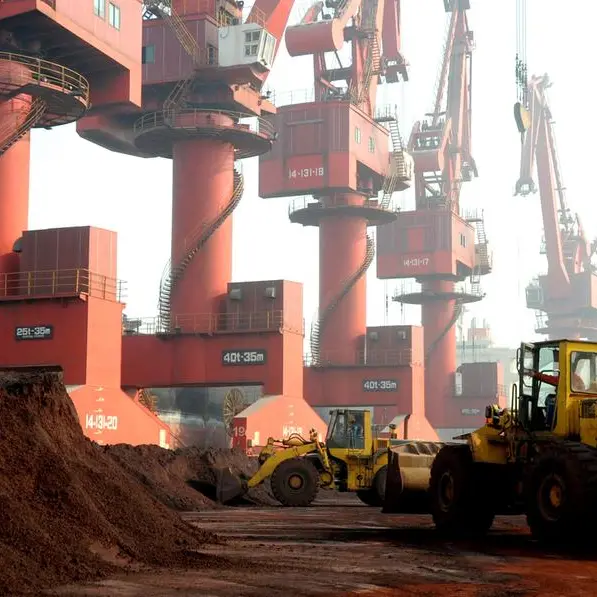PHOTO
FILE PHOTO: A general view of the Hoover Dam and Lake Mead, after electrical transformer equipment caught fire and was later extinguished on the Arizona side of the dam, near Boulder City, Nevada, U.S. July 19, 2022. REUTERS/David Becker. Image used for illustrative purpose.
(The opinions expressed here are those of the author, a columnist for Reuters.)
LITTLETON, Colorado - An enduring drought across much of the western United States has caused a drop in U.S. hydro power generation to a 23-year low so far in 2024, data from the U.S. Energy Information Administration (EIA) shows.
The fall in hydro generation has been somewhat overshadowed by the climb in output from renewable sources, which have helped lift total U.S. clean power production to new highs this year.
However, reduced generation from hydro dams has limited the volume of clean power that can be dispatched on command, and has meant that power suppliers have had to deploy record volumes of natural gas balance system demand requirements.
Hydro dams, nuclear plants and geothermal sites are the main sources of so-called clean dispatchable power, or power that can be rapidly throttled up and down to balance system needs.
Natural gas and coal-fired plants are also dispatchable power sources, and are used by grid operators whenever clean power sources are not sufficient to meet system requirements.
The drop in power supplies from hydro dams has come just as U.S. power demand has climbed from higher energy use by data centres, businesses and homes, and has left utilities needing to boost fossil-fired output to keep up with consumption.
The vital role that dispatchable power sources play in U.S. grid systems means that further drops in hydro output could trigger greater use of fossil fuels by power suppliers, even as they roll out record volumes of renewable energy supplies.
OUT WEST
Total U.S. hydro production over the first eight months of 2024 was 171,046 thousand megawatt hours (MWh) of power, EIA data shows. That total was 3% down from the same months in 2023 and the lowest for that period since 2001.
Roughly half of all U.S. hydro power production is concentrated in just three western states: California, Oregon and Washington, according to the EIA.
Washington has the largest hydro footprint, and generated 42,143 MWh through August, while California generated just under 24,000 MWh and Oregon produced 17,750 MWh. Collective output was down 3% in line with national output.
An enduring multi-year drought across the Western U.S. has been the main driver behind the drop in hydro generation.
Changes in the patterns of water use in certain basins have also played a role in depleting reservoirs, with greater water consumption by residences and industry also leading to lower water levels for electric dams.
DECLINING SHARE
Reduced hydro production has led to a fall in the share of hydro power within the U.S. electricity generation mix.
From January through September, hydro power accounted for a record low share of 5.2% of total electricity production, according to energy think tank Ember.
That compares to an average share of 6.5% for the same period from 2015 through 2023.
Nuclear-powered electricity output has climbed by 1.3% so far this year.
But overall electricity consumption has climbed by roughly double that amount, which has meant that nuclear power's share of the electricity generation mix has declined to 17.6%, and the lowest since at least 2015.
Rapidly rising output from wind and solar farms have helped to plug some of the overall clean power supply gap left by lower hydro output.
Solar power generated 7.1% of U.S. electricity from January through September, while wind farms supplied 10%.
But with hydro generation declining and nuclear production gaining only slightly on the year, the total volume of dispatchable clean power has failed to keep up with system demand growth so far this year.
That's left grid operators needing to deploy volumes of natural gas to plug system supply shortfalls, even with ongoing efforts to boost clean generation capacity.
And if the ongoing drought gets worse across the Western U.S., further drops to clean dispatchable power can be expected and will trigger even greater use of fossil fuels to balance system needs.
(Reporting by Gavin Maguire; Editing by Sonali Paul)
